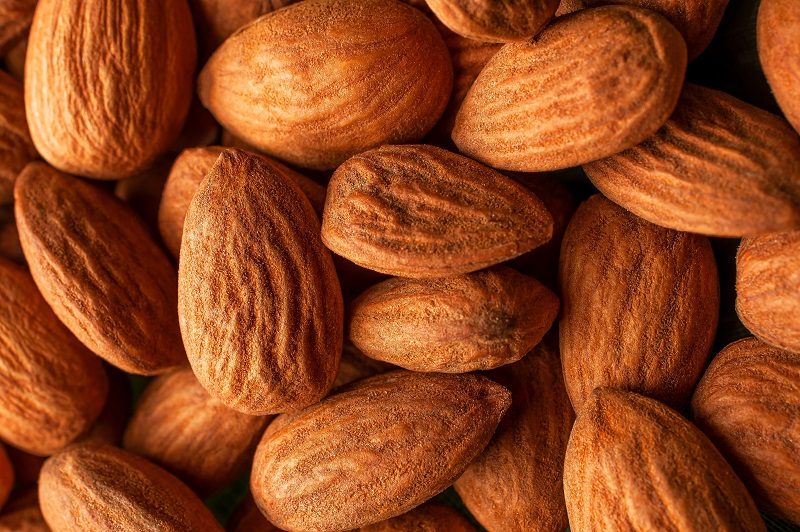Lessons Learned From Effects Of Drought In Australia Vineyards
Water has always been a scarce commodity for growers in the winegrape-growing regions of South Australia. Because of that, the growers there were early adopters of drip irrigation in the 1980s, says Michael McCarthy, the principal viticulturist at the South Australian Research and Development Institute. In fact, growers were able to cut usage from an annual 4 feet of water, which was thought to be the proper amount for winegrape vines, to less than 20 inches in many cases, he said.
That adaptability continued in the 1990s, McCarthy told an audience at Unified Wine & Grape Symposium, which is held the last week of January each year in Sacramento, CA. During that decade, rapid growth in export sales — much of that to the U.S. — meant that there were many new plantings. But there was no increase in the availability of water, so many growers adopted deficit irrigation strategies, both to save water and intensify flavor in red wine grapes.
Start Planning Now
When the organizers of the Unified Wine & Grape Symposium program got together last May to discuss which issues would be of greatest interest to grape growers, water supply quickly came up. Gallo’s Nick Dokoozlian, who moderated the symposium’s session on water, said there was a great deal of concern that California would be facing a water shortage if there was another dry year. This past winter’s mountain blizzards left a healthy snow-pack in the Sierra Nevada, taking care of those concerns, but that doesn’t mean it won’t be an issue in the future, he said.
Andy Walker, a grapevine geneticist at the University of California-Davis, concurred. “If you’re planting a vineyard now and you think you’re going to have the same amount of water in 15 years as you do today,” he said, “you’re not thinking about it correctly.”
Walker has been searching the past several years for rootstocks that can adapt to drought. He showed the audience photographs of wild grapevines that were surviving in some of the arid West’s harshest areas, including Death Valley. He noted that the good news was that vinifera was one of the most drought-tolerant — and salt-tolerant — of rootstocks.
The bad news is that even if precipitation patterns hold, western winegrape growers are going to have access to less water in the future because the population continues to grow. “We will need more rootstocks with drought tolerance,” said Walker, “because whether it rains or not, there’s not going to be as much water.”
However, also during the 1990s, a drought hit the region that continues to this day, said McCarthy. Growers are now weathering the ninth year of drought, which has led to the term “millennium drought.” At the same time, all the plantings of the 1990s led to oversupply, and prices soon fell. “But the drought has ended the oversupply problems,” McCarthy added dryly.
Lessons Learned
The past couple of years have been the worst, said McCarthy, with near-record lows of rainfall. The conditions have become so dire that growers have had to ask themselves some tough questions, he said. For example: “How much water do I need to keep a vineyard alive to protect that asset for the future?” In other words, questions about profits gave way to questions about survival, he said. Indeed, conditions got so bad that growers began to ask themselves the biggest question: “Is it a ‘normal’ drought, or is it a prelude to climate change?” A lot of growers believe the latter, he added.
However, the news wasn’t all bad. Growers have learned just how resilient grapevines can be, said McCarthy. For example, growers were initially surprised to find that in some cases, when they went from 4 feet of water to 20 inches, they saw no reduction in yield. Reducing further, some growers found that yields were still reasonable with just 14 inches of water. Some trial results were astounding, as the vines were remarkably tough. “They didn’t die with just 3 inches of water, which is what everyone told us would happen,” he said. “Grapevines are like weeds — you can’t kill them.”
However, McCarthy cautioned the audience that the response they will get from their vines in a drought is unpredictable because they found that the results were extremely variable, depending on site, variety, etc. For example, reducing water on Chardonnay grapevines from 30 inches to 20 inches had no effect on yields, but the same reduction on Shiraz led to a sizeable yield reduction.
What’s next for researchers? “We need to understand the recovery phase,” said McCarthy, “if and when we get water.”









